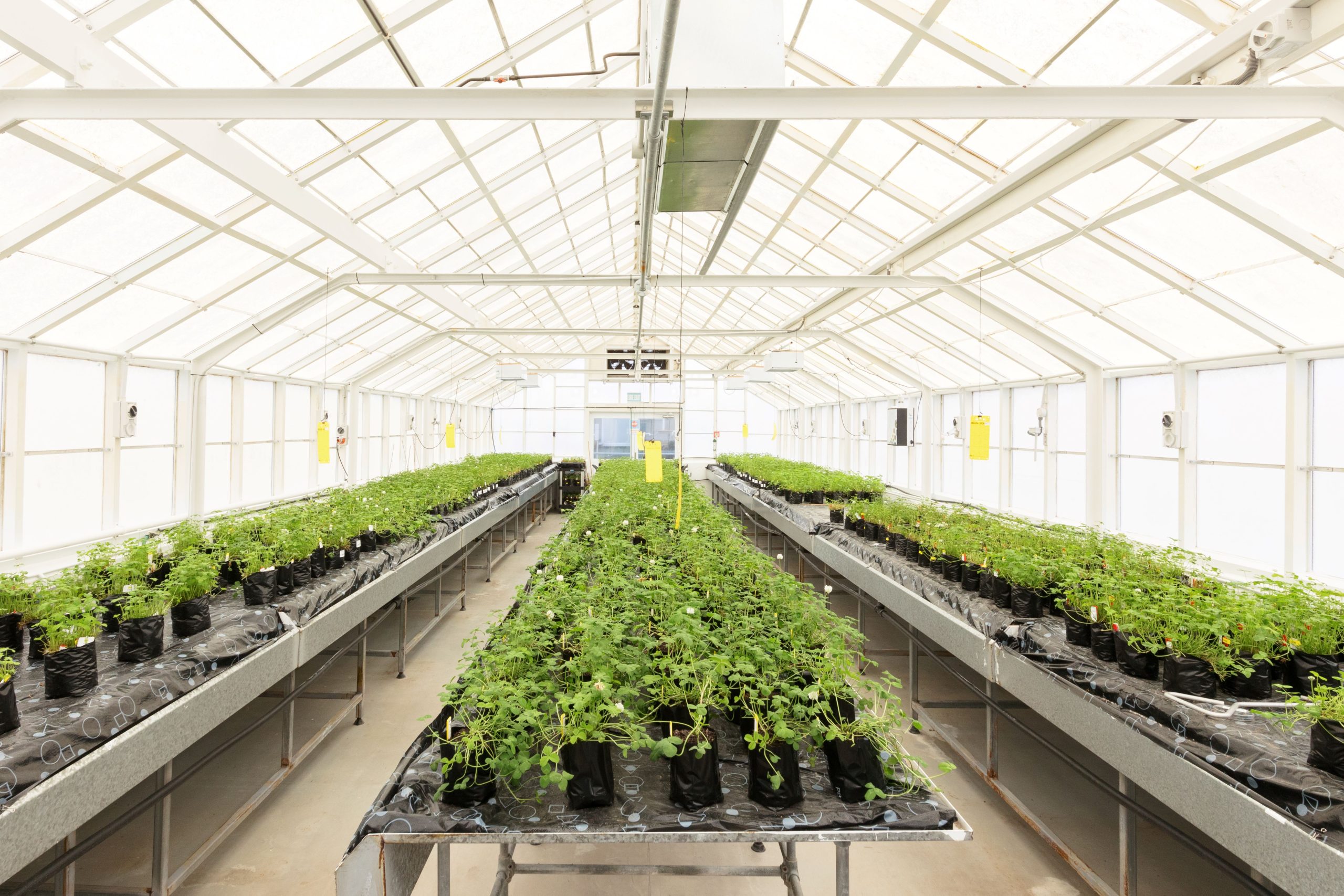Tension ahead over contracts
Tumbling milk prices and rising costs may lead to strife between farm owners and their contract milkers, Anne Lee reports.

 The plummeting dairy price could have some farm owners re-thinking contract milking rates for next year and may see some tension this season so open lines of communication will be more important than ever, Southland accountant Brett McDonough says.
The plummeting dairy price could have some farm owners re-thinking contract milking rates for next year and may see some tension this season so open lines of communication will be more important than ever, Southland accountant Brett McDonough says.
Brett is the founder of accounting firm Agrifocus which has close to 200 contract milkers on its books and together with his wife Barbara owns a 400-cow dairy farm that’s run by 50/50 sharemilkers.
Creating win/win relationships is key to successful contract milking arrangements but it could be difficult to achieve a full sense of a winning experience for farm owners when the milk price is suddenly well below the expectation at the time of signing the contract.
Contract milkers’ payments are locked in with the contract but their proportion of total milk income for the farm has just gone up.
Farm owners are obliged to maintain the farm system and feed inputs agreed to in the contract, but there’s likely to be tension on some farms as owners strive to pull back on costs, Brett says.
Re-running budgets and cash flows and both parties being “very open” with that information will help get business relationships through this rocky period, he says.
Well-heeled farm owners will be better placed to weather the environment than newly minted contract milkers and it’s important to take a longer-term view and keep focusing on getting the basics right to optimise milk production at reduced cost.
That’s not to take away from how tough it will be for farm owners’ earnings this season.
“Our farm owner’s (owner operator) costs for last season are at $5.89/kg milksolids (MS) which is up from $3.31/kg MS in 2019/20 season.
“On top of that the average debt is at $24/kg MS and at 8.25% that’s another $2/kg MS of cost they have for debt servicing.
“So we’re looking at a breakeven of $8/kg MS.”
Agrifocus benchmarks its clients’ data and Brett says there is always a wide range around the averages for contract milkers’ operating surplus.
“We might see that average sitting around that $200,000 mark, but we’ll always have people who will make nearly twice that and we’ll have people who make $30,000.
“We have people who made $31,000 last year and that’ll be a
husband and wife working all year for that.
“And those people might not be bottom tier, to be fair, when it comes to their farming ability.
“It can be a couple of things in those types of situations – they might actually be poor performers, but they could also have been over-promised and then been under-delivered, the contract rate’s been set wrong and an owner has in their head what the contract milker should make, but they’re out of touch when it comes to costs.
“The cost of labour is a good example of that. I see that happening especially if the farm owner hasn’t employed staff for a while.
“Every year we see people who get to the end of the season and they walk away, they’ve made no money, they’ve worked bloody hard and it’s gutting to see. It’s not easy and if you get it wrong, it’s pretty soul destroying.
“You’ve got to go in prepared and you’ve got to do all the numbers and be realistic and you need to get advice early.
“It comes down to due diligence and doing your homework really well – and that goes for both sides – I can’t stress that enough.”
Those earning at the highest end of the spectrum in recent years are likely to have been variable order or hybrid-style agreements but top contract milkers will be making close to those levels too, he says.
“And why shouldn’t those contract milkers who are top of their game be making top money.
“If they’re the top performers, just like top sports professionals, they should be making a lot of money because you can be sure they’re making their farm owners a lot of money too.
“If they can do above average production for below average cost maybe as a farm owner, I’m better to take more of the hit than them next season because if they leave, I risk getting a below-average performer and I’m going to make even less money.”
There will be some variation around the average in terms of contract rates but the biggest variations will be in the expenditure and to some extent production.
“The average rate on our books has gone from $1.30/kg MS to $1.46/kg MS in 2021/22 to $1.62/kg MS last season.”
The wages cost has gone from $168/cow to $184 in 2021/22 to $203/cow last season and other costs such as stockfood and electricity have jumped too. (See Table 1).
The figures in the table are averages and they’re more about showing the trends than using as any guide, Brett says.
You have to know what’s going on with the farm down to a good degree of detail, how many pumps there are at the farm dairy, what the electricity bill has been in the past, how many people you need to run the farm based on the infrastructure and what you’re agreeing to do in the contract.
In a season such as this one where weather conditions have been difficult for many around the country and the payout has nose-dived, communications should be happening on a monthly basis between the farm owner and contract milker on where they’re at relative to their financial budget.
“What we really need to see too is the banks stepping up to help these young people when they’re setting out.
“No one’s looking after these guys when it comes to an overdraft to start the season off and farm owners are doing it.”
The sector needs these young people coming through. They’re part of the fabric of what makes dairying the fantastic industry it is, where people can progress, but the banks aren’t giving them the attention they should be, Brett warns.Contracts





